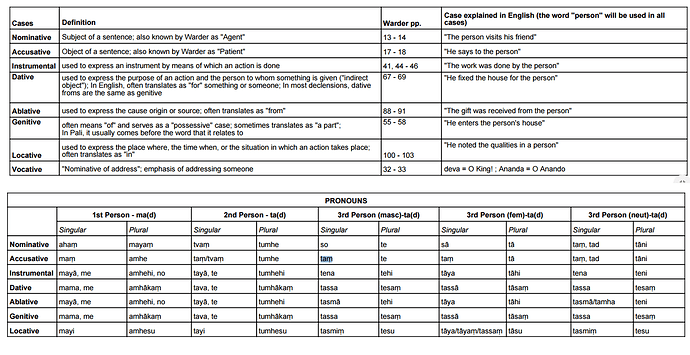SN 22.79 has a very interesting description of the five aggregates, where it seems to describe the mental aggregates as mental faculties which perform certain functions, namely, it feels, it perceives, it constructs, it cognises or its nature is to feel, its nature is to perceive, its nature is to construct, its nature is to cognise. The various translations use the word “it”.
However, in relation to sankhara aggregate, both Bhikkhu Bodhi & Thanissaro depart from using the word “it”; and use the word “them”; & depart from viewing sankhara aggregate as a function but instead, particularly Bhikkhu Bodhi, appears to cling to one of the multiple sub-categories & translations of sankhara, namely, “volitional formations”.
Bhikkhu Bodhi translates as follows:
And why, bhikkhus, do you call it form (rūpaṃ)? ‘It is deformed (ruppatīti),’ bhikkhus, therefore it is called form. Deformed by what? Deformed by cold, deformed by heat, deformed by hunger, deformed by thirst, deformed by contact with flies, mosquitoes, wind, sun and serpents. ‘It is deformed,’ bhikkhus, therefore it is called form.
And why, bhikkhus, do you call it feeling (vedanaṃ)? ‘It feels (vedayatīti),’ bhikkhus, therefore it is called feeling. And what does it feel? It feels pleasure, it feels pain, it feels neither-pain-nor-pleasure. ‘It feels,’ bhikkhus, therefore it is called feeling.
And why, bhikkhus, do you call it perception (saññaṃ)? ‘It perceives (sañjānātīti),’ bhikkhus, therefore it is called perception. And what does it perceive? It perceives blue, it perceives yellow, it perceives red, it perceives white. ‘It perceives,’ bhikkhus, therefore it is called perception.
And why, bhikkhus, do you call them volitional formations (saṅkhāre)? ‘They construct the conditioned (saṅkhatamabhisaṅkharontīti),’ bhikkhus, therefore they are called volitional formations. And what is the conditioned that they construct? They construct conditioned form as form; they construct conditioned feeling as feeling; they construct conditioned perception as perception; they construct conditioned volitional formations as volitional formations; they construct conditioned consciousness as consciousness. ‘They construct the conditioned,’ bhikkhus, therefore they are called volitional formations.
And why, bhikkhus, do you call it consciousness (viññāṇaṃ)? ‘It cognizes (vijānātīti), ’ bhikkhus, therefore it is called consciousness. And what does it cognize? It cognizes sour, it cognizes bitter, it cognizes pungent, it cognizes sweet, it cognizes sharp, it cognizes mild, it cognizes salty, it cognizes bland. ‘It cognizes,’ bhikkhus, therefore it is called consciousness.
Bhikkhu Thanissaro translates:
And why do you call them ‘fabrications’? Because they fabricate fabricated things, thus they are called ‘fabrications.’ What do they fabricate as a fabricated thing? For the sake of form-ness, they fabricate form as a fabricated thing. For the sake of feeling-ness, they fabricate feeling as a fabricated thing. For the sake of perception-hood… For the sake of fabrication-hood… For the sake of consciousness-hood, they fabricate consciousness as a fabricated thing. Because they fabricate fabricated things, they are called fabrications.
Alternately, to make each translation of each aggregate consistent, I propose the following translation of sankhara aggregate:
And why, bhikkhus, do you call it constructing (sankhara)? 'It constructs (abhisaṅkharontī) conditioned phenomena (saṅkhata),’ bhikkhus, therefore it is called constructing. And what is the conditioned phenomena it constructs? It constructs conditioned form as ‘form’; it constructs conditioned feeling as ‘feeling’; it constructs conditioned perception as ‘perception’; it constructs conditioned formations as ‘formations’; it constructs conditioned consciousness as ‘consciousness’.
Is this translation OK?
![]()




